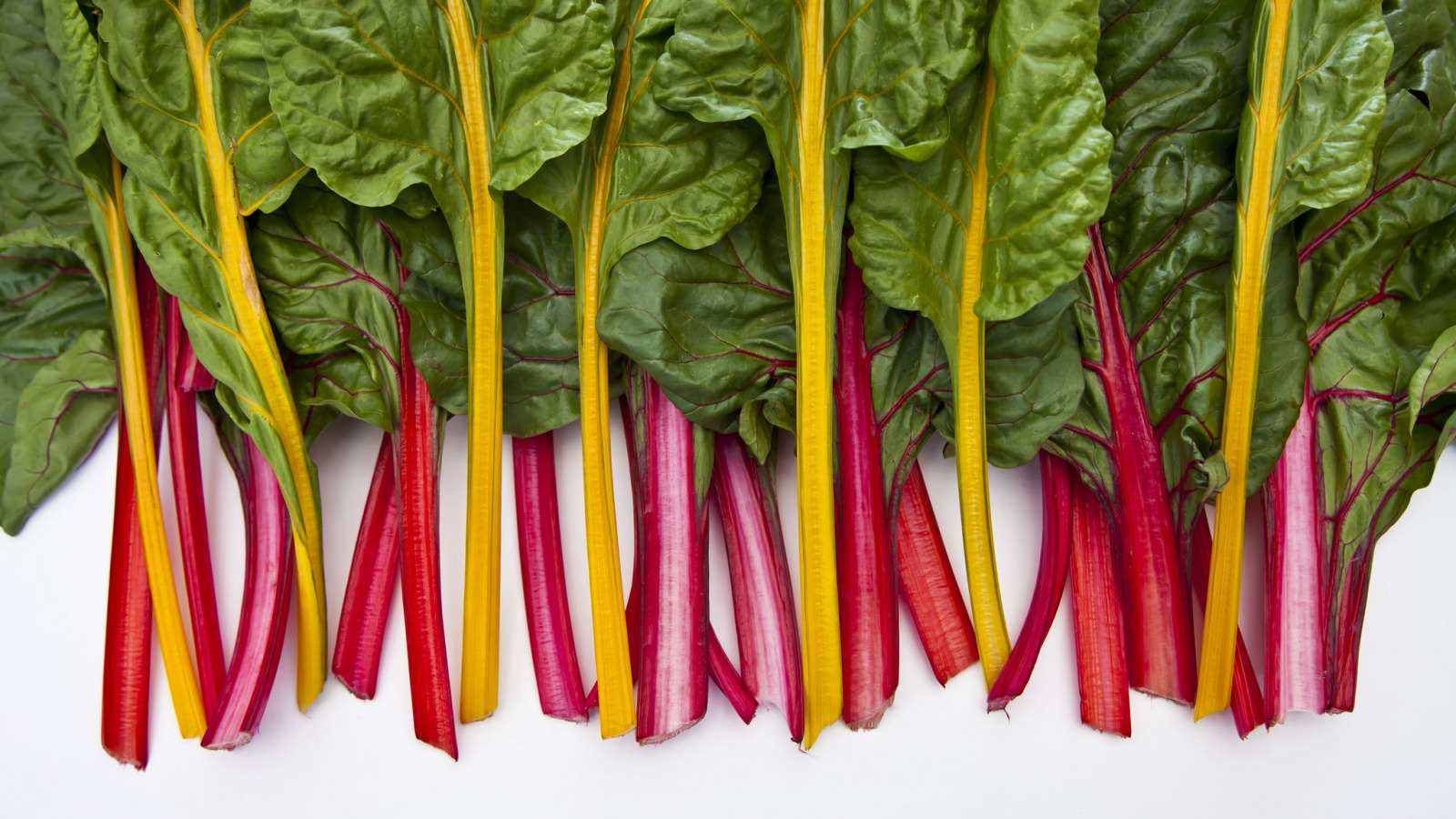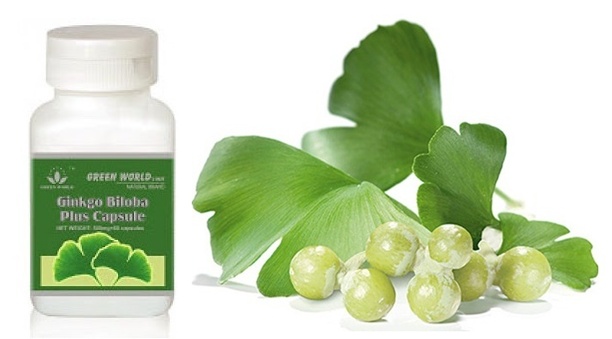Introduction:
Swiss chard, also known as silverbeet or simply chard, is a leafy green vegetable that belongs to the same family as beets and spinach. With its vibrant green leaves and colorful stems, Swiss chard not only adds a beautiful touch to your plate but also offers an array of nutritional benefits. In this comprehensive guide, we will explore the nutrition profile of Swiss chard, its health benefits, and various ways to cook and incorporate it into your meals.
Nutritional Profile of Swiss Chard:
Swiss chard is packed with essential vitamins, minerals, and antioxidants that contribute to its impressive nutritional profile. It is an excellent source of vitamins A, C, and K, as well as minerals like magnesium, potassium, and iron. Swiss chard also contains dietary fiber, which aids in digestion and helps maintain a healthy gut.
Health Benefits of Swiss Chard:
a. Rich in antioxidants: Swiss chard is abundant in antioxidants, including beta-carotene, lutein, and zeaxanthin, which help protect the body against oxidative stress and reduce the risk of chronic diseases such as heart disease and certain types of cancer.
b. Supports bone health: The high vitamin K content in Swiss chard promotes bone health and helps prevent osteoporosis.
c. Supports eye health: The presence of lutein and zeaxanthin in Swiss chard contributes to eye health and may help reduce the risk of age-related macular degeneration.
d. Regulates blood sugar levels: Swiss chard contains fiber and antioxidants that help regulate blood sugar levels and may be beneficial for individuals with diabetes or those at risk of developing the condition.
e. Supports cardiovascular health: The combination of antioxidants, fiber, and minerals in Swiss chard helps lower blood pressure, reduce cholesterol levels, and support overall cardiovascular health.
How to Select and Store Swiss Chard:
When selecting Swiss chard, look for vibrant, crisp leaves with no signs of wilting or discoloration. The stems should be firm and brightly colored. To store Swiss chard, remove any bands or ties, place it in a plastic bag, and store it in the refrigerator. It is best to use Swiss chard within a few days of purchase to maintain its freshness and nutritional value.
How to Prepare and Cook Swiss Chard:
a. Washing and prepping: Start by washing Swiss chard thoroughly under cold water to remove any dirt or debris. Trim off the tough ends of the stems and separate the leaves from the stems if desired.
b. Sautéing: Sautéing Swiss chard with garlic and olive oil is a simple and delicious way to prepare it. Heat olive oil in a pan, add minced garlic, and sauté until fragrant. Add the Swiss chard leaves and stems, season with salt and pepper, and cook until wilted.
c. Steaming: Steaming Swiss chard helps retain its nutrients while maintaining its vibrant color. Place the leaves and stems in a steamer basket and steam for a few minutes until tender. Serve as a side dish or use it as a base for other recipes.
d. Roasting: Roasting Swiss chard leaves in the oven creates a crispy texture. Toss the leaves with olive oil, salt, and pepper, and spread them on a baking sheet. Roast at a high temperature until they become crispy and slightly charred.
e. Adding to soups and stews: Swiss chard can be a flavorful addition to soups, stews, and stir-fries. Chop the leaves and stems and add them to your favorite recipes during the cooking process.





